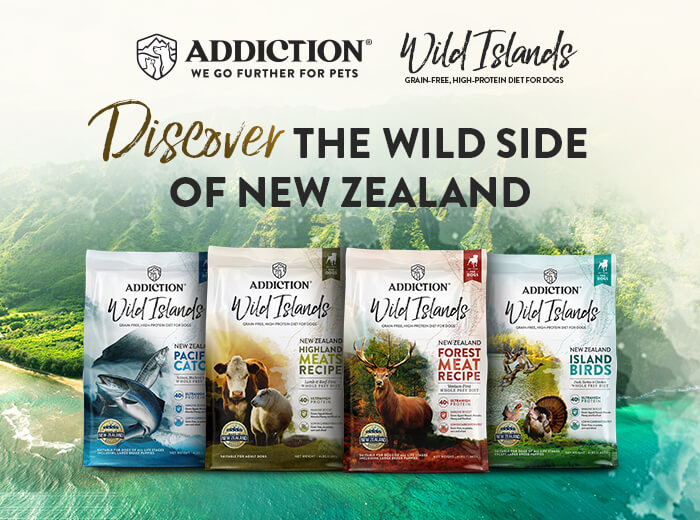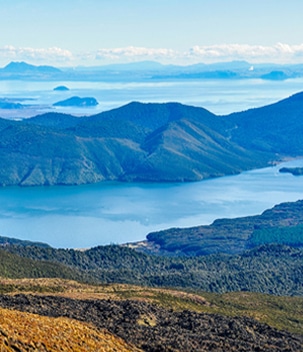November is Pet Diabetes Awareness Month, which is why cat and dog owners need to be familiar with symptoms of this disease and ways to prevent it.
According to a 2016 report by the Banfield Pet Hospital, instances of diabetes in dogs were recorded at 23.6 cases for every 10,000 owners in 2015, while cats had a reported 67.6 cases per 10,000 in the same year.
These statistics make for a compelling reason for owners to learn how to keep their pets healthy and reduce their risks of having to deal with this disease. The first step is understanding what diabetes is, how it develops, and how it affects both cats and dogs.
What is diabetes
The full name of this disease is Diabetes Mellitus, a condition wherein the pancreas’ cells fail to produce a hormone called insulin, which is crucial for maintaining a stable concentration of glucose in your pets. Glucose is the main energy source for the body’s cells. During digestion, your dog or cat breaks down food into nutrients that the body can use. Among these are carbohydrates which are reduced into sugars like glucose.
However, if the cat or dog is suffering from diabetes, they won’t be able to stabilize their sugar levels resulting to lethargy. This is due to a lack of insulin needed for the cells to absorb glucose.
Signs and symptoms of diabetes in pets
1. Frequent sleeping and less activity
Since diabetes affects the body’s absorption of energy, one of the tell-tale signs of this disease is decreased activity. Lethargy and frequent sleeping are frequent indicators of this.
2. Increased hunger and thirst
Lack of energy naturally leads to increased hunger and thirst. If you suspect your dog is suffering from diabetes, make sure to monitor how much your pet eats to check if they’re going above their usual consumption.
3. Frequent urination
Another sign is frequent urination. Glucose, also known as blood sugar, isn’t absorbed properly without insulin. As a result, the body filters the excess through urination.
This is why the definite sign of this disease in your cat or dog is if your veterinarian examines your pet and finds an increased amount of glucose in their blood and urine.
4. Cloudy eyes
This is a symptom unique to dogs, though it may also be an indicator of a different disease.
5. Dry and dull fur
A shiny skin and coat are some of the most obvious indicators of how healthy a pet is. So, if you notice a change in sheen and color especially for dogs with darker coats, it’s a clear indicator that one or more diseases are at play. Cats with diabetes may also stop grooming themselves as well.
Prevention and treatment of diabetes in cats and dogs
Diabetes is a hereditary disease, meaning if your pet has a history of this within their family tree, chances are they’ll have it too.
Dog breeds like Golden Retrievers, Labrador Retrievers, and Doberman Pinschers are among the most susceptible to it. Cats breeds on the other hand, include British Shorthairs, Norwegian Forest Cats, and Maine Coons.
It’s also worth noting that obesity plays a major risk factor in determining whether a cat will be likely to be diabetic or not.
If your pet has diabetes, then it’s a must that you follow your veterinarian’s prescriptions and give them regular insulin shots to ensure their body’s cells can absorb enough glucose.
Of course, the solution for prevention always lies in 2 things: adequate exercise and a balanced, nutritious diet.
Pet foods with the “Complete and Balanced” label are some of the best ways to maintain a decent nutritional balance. These labels are given by the Association of American Feed Control Officials (AAFCO), an advisory body that has one of the strictest standards when labeling pet food.
Pet food products with these two labels mean that their formulation has all the necessary nutrients that your cat or dog needs to stay healthy.
It’s also recommended to check if these brands have a high-quality protein source and have no artificial additives or chemicals. That way, you can be sure that your cat or dog gets nothing but the best quality food with each serving.
Like us on Facebook and follow us on Instagram for more pet health and nutrition updates.











